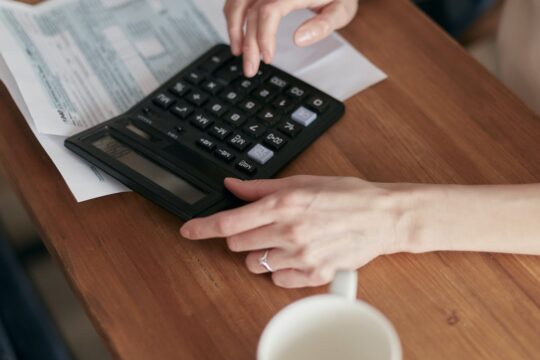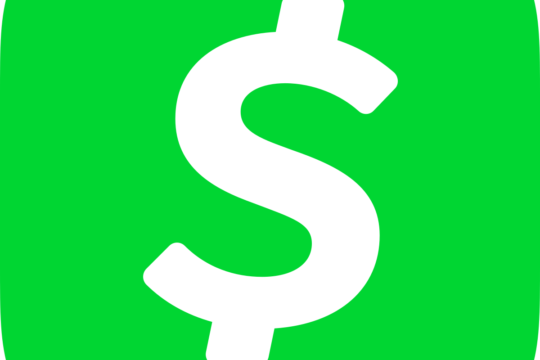
Table of Contents
Understand What You Owe
First, you need to know just how much you owe to which lender and when before you can start making meaningful plans.
Luckily, this step is easy. It’s just a matter of tracking your personal loans, lines of credit, and credit cards.
A lender like Fora, for example, makes this information available in your account profile on its website. You can also chat with a line of credit expert via Foracredit.ca during regular business hours if you have any questions.
If you have a line of credit (with Fora or another lender), you’ll be expected to make a minimum payment, which generally includes interest and a contribution towards your principal. These payments will be influenced by what you draw from your limit, not your entire credit limit.
If you have personal loans, you’ll have a set number of pre-determined, fixed payments lined up in the new year. Each payment will include a portion of your principal, interest, and finance charges.
Jot down these numbers, and make sure you have the cash available to hit every minimum payment on the due date.
Categorize Your Debt
From there, you’ll want to organize your debt in one of two ways:
1. By Interest Rate:
Look at the APR listed on your account info to find out your interest rate. You’ll want to list your debt in order of highest to lowest APR. Whatever loan or line of credit is in the top spot is the account you’ll want to pay off first. Once you clear this debt, you can move on to the next account on the list.
This setup is known as the avalanche method, and it can help you reduce how much interest you pay over time.
2. By Debt Amount:
Another way to organize your debt is by balances. Tally up your totals and find the loan or line of credit with the biggest outstanding balance. This will take your focus before you move down your list to the next highest balance.
In keeping with our previous wintry theme, this payment method is known as the debt snowball. It can be more encouraging than the avalanche method because you’ll pay off a small balance faster this way.
Slim Down Your Budget
Paying more than the minimum on a loan or line of credit requires some sacrifice. You’ll need to forego some fun or unnecessary spending to free up extra cash for debt.
For most people, this might look like reducing how often they get takeout from a couple nights a week to a couple of nights a month. You should also consider slashing how much you spend on entertainment, alcohol, subscription services, clothes, and travel.
Put Your Credit on Ice
Barring emergencies, you should try not to borrow any more money — whether it’s a new personal loan or additional draws from your line of credit. You don’t want to add to what you’re paying down if you can help it.
The only exception to this rule may be your credit cards if you use them to earn points on everyday shopping. In this case, you should purchase items you can pay off immediately, so you aren’t carrying over a balance.
Undo Your Festive Mistakes
If you went overboard during the holidays, turn over a new leaf in 2023. Follow these tips to get out of debt, and remember, try not to do it again this year.



